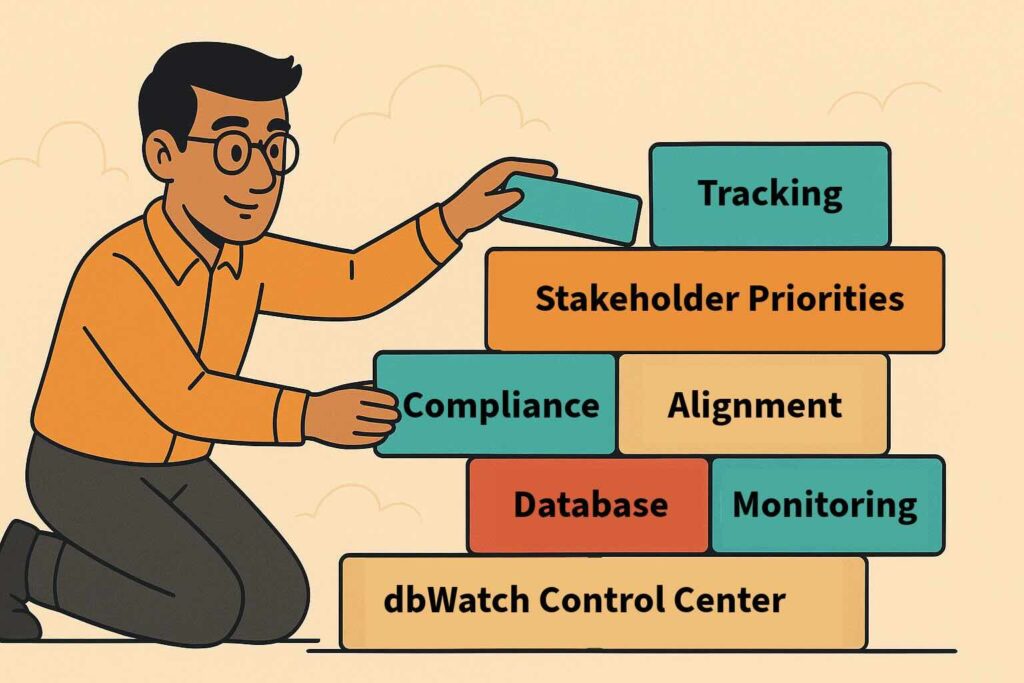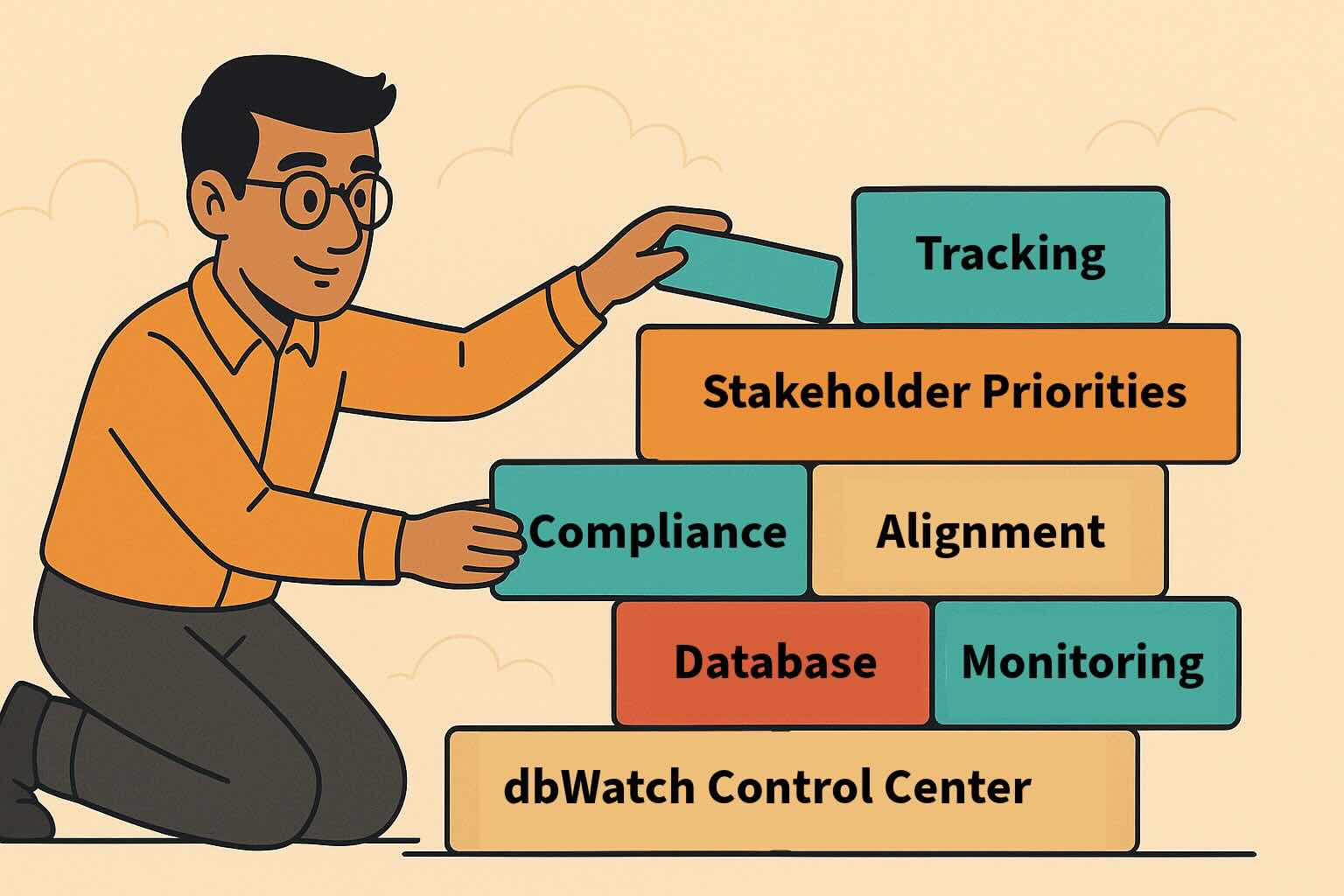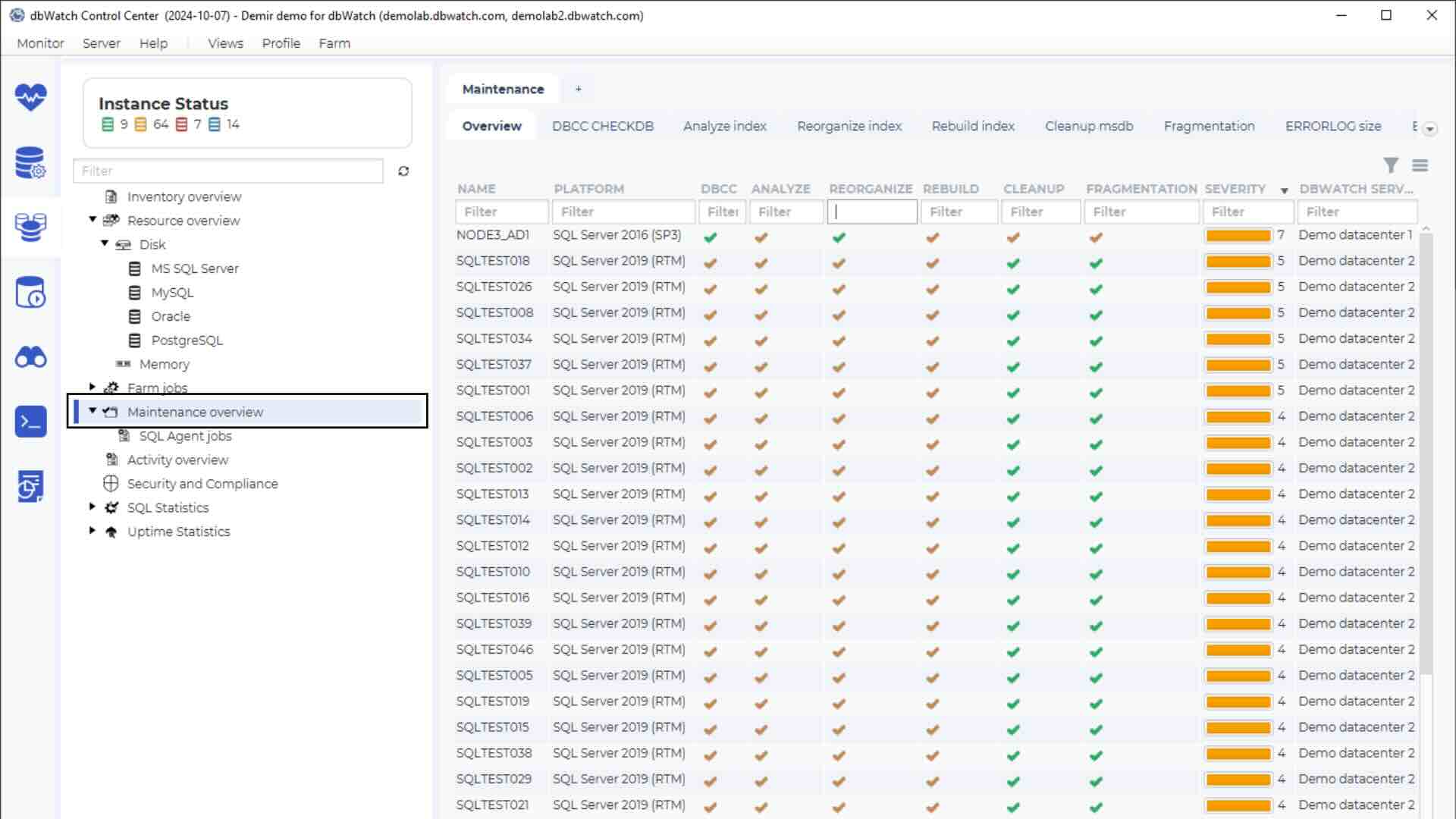Today, ITIL and ITSM are core concepts in IT operations. They define processes that provide predictable functionality, cost and quality in IT services. One of the central concepts in IT is “continuous improvement”, meaning the constant drive to improve every aspect of IT service delivery.
At the core of enterprise IT, Oracle, Microsoft SQL Servers and others is handling essential functions such as ERP, CRM, E-Commerce and logistics. So how does ITIL continuous improvement processes apply to database operations?
Applying Continuous Database Improvement
The main areas where you can improvement database operations are service quality, service cost and resource requirements.
Service quality in database operations depends on service availability, response time or performance, reliability and number and degree of seriousness of incidents.
Service cost relates to the cost of server hardware, licenses for database engines and related software tools, maintenance, manpower in the form of database administrators and training costs for personnel.
You can reduce resource requirements through several means:
- Consolidate physical or virtual servers to reduce hardware requirements.
- Reduce licensing cost by using standard editions instead of enterprise editions where possible, or consolidate multiple servers.
- Automate, standardize and simplify operations, in order to reduce the number of dba hours required to operate database servers.
- Reduce and/or simplify the software tools needed to operate databases. Every tool carries an associated cost of licenses, maintenance and training.
- Simplifying operations should also reduce the demands on management.
Database servers are at the core of IT operations, but also used for everything else – from central ERP and CRM systems to departmental applications in almost every department in the enterprise. New applications and uses appear all the time. The usage patterns change and new versions of applications are introduced, changing use patterns, load and performance. Some IT department experience heavy growth in number of database servers and struggle to keep up with growth and demand.
How do you measure improvement in a structured way in such a dynamic and demanding environment?
Tracking Database Metrics
Before you start working on improvements, you need to establish how to measure changes in performances, quality and cost.
This requires:
- Define the set of metrics or statistics to be measured
- Collect and store the information
- Compare to previous measurement points
- Collate and visualize change in the form of reports, graphs or tables
- Measure single database servers, as well as the totals of all servers in the enterprise
When do you need to measure?
The simple answer is as often as you can. Continuous improvement means just that – always be improving. You cannot be sure you actually improve when you change something, so you need to constantly measure to see if you are making real improvements or not. You may have a very dynamic environment and need to run your measurements again at any time, to establish a new baseline for measuring improvement.
In real-life your frequency of measurements will depend on the tools you have available. If there are multiple manual tasks required to collect statistics and compare data to measure change, then you will be limited to how often you can measure, change and or detect need for improvement.
Database Efficient Measuring
Efficient measuring requires good tool support to collect and compare performance metrics and report. The best tools will also automate the processes of continuous improvement for you and allow you to constantly monitor change. If your information is always up to date you can continuously measure progress. The faster you can detect any change or improvement the faster you know you are moving in the right direction.
Summary
Continuous improvement needs to be just that – continuous. For this you be performed frequently you need tools that will help you every step of the way – from instrumenting your database servers, collecting and storing statistics, analyzing information and reporting in the form of graphs or tables, that are easy to understand and work with. When this process is automated, you can make continuous improvement an integral part of the way you work in database operations.
Discover how dbWatch can improve your database efficiency, register for a free trial today.











